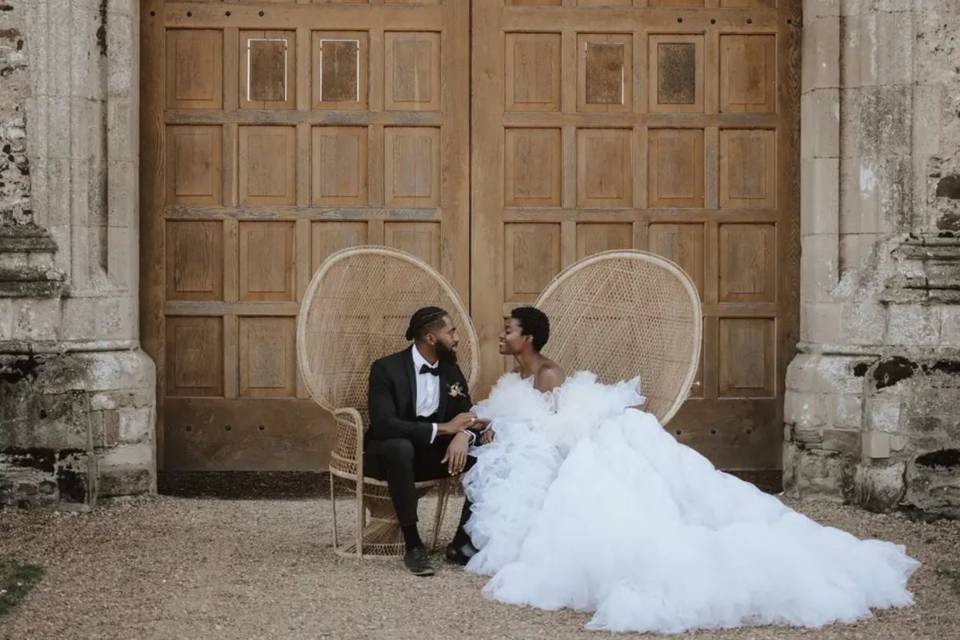Marriage History Versus The Modern Day Marriage
It’s amazing to learn from the annals of history that pragmatic concerns, rather than love, motivated early marriages. Historically, according to Stephanie Coontz’s book Marriage, A History: How Love Conquered Marriage, marriage was mostly about building alliances, expanding labor and land holdings, and establishing connections through in-laws.
This practical perspective on matrimony dates back to a period preceding the reign of monarchs. As we go into more recent eras, especially with the emergence of monarchies and commercial markets, the need for these kinds of sensible arrangements decreased. This change opened the door for changing societal perceptions of marriage, which now place more of an emphasis on love and companionship than just seeing it as a business deal.
Our customs around marriage are so old that they predate recorded history. Back then, marriages were frequently arranged—and not always for financial reasons—in order to strengthen family bonds and elevate social standing. Studies indicate that in the past, a significant number of marriages comprised partnerships between near relatives, like first and second cousins, underscoring the firmly established character of these customs.
Polygamy Over Monogamy
It’s interesting to note that in historical situations, polygamy frequently prevailed over monogamy; some men had hundreds or even thousands of wives, and group marriages were not unheard of. But there were strict rules on having children in these marriages.
There used to be a strong belief that a woman should not turn down the chance to have children if she was capable of doing so. In contrast, in the event that a man’s existing wife was incapable of bearing children, he was legally permitted to annul, divorce, or even take other spouses.
Even if this could sound severe by today’s standards, it’s crucial to understand that earlier customs were influenced by various requirements and ideals. We only have bits of the reasons behind the emergence of these rituals because so much of our old knowledge, including the complexities of marriage customs, is still unknown. They might have been motivated by the need to preserve humankind’s existence.
The opposite problem—overpopulation—faces us now. We would be dealing with a much more urgent problem—the shortage of room on Earth to support an ever-increasing population—if previous customs of polygamy and forced childbearing persisted.
Social, Economic and Political Factors were Major Determinants
Political and economic interests frequently influence laws and social standards; this tendency is still present today. It’s conceivable that the social, political, and economic factors of the time had a comparable impact on how society expected marriage to develop in the past.
Both empowering and disempowering elements are revealed by our examination of marriage history. Marriage is frequently promoted as the ideal in today’s societal conditioning, but if we’re not careful, this might result in a loss of individual identity. There are times when marriage is presented as a mysterious, even magical institution, and marital status continues to be a major indicator of social standing.
Remarkably, people who decide against getting married or experience difficulties becoming pregnant can yet be productive and valuable members of society. They demonstrate that social value and personal worth are not only determined by ancestry or marriage by demonstrating their ability to successfully navigate the economic landscape both with and without a partner.
Assessing Our Own Marriage
Marriage’s past can teach us a lot about our current relationships by showing us that mutual acceptance and lasting love aren’t always innate qualities. Historical trends indicate that intentional work and dedication are necessary to sustain a healthy marriage. It may be worthwhile to reevaluate if your wife’s excessive criticism or your husband’s lack of dedication are the root of your frustration, regardless of the situation (clichés acknowledged!). Frequently, the problem may not originate from a lack of love or devotion, but rather from the intrinsic difficulty in maintaining a relationship.
It could be that your partner truly cares but finds it difficult to meet the obligations of the 50-50 collaboration that modern marriage frequently requires, rather than a sign of lack of love or commitment. In actuality, the equilibrium is not always exactly even and can fluctuate. This imbalance in dynamics is a prevalent problem in many modern relationships that is often ignored.
Conclusion
One thing is evident from looking over the history of marriage: no matter if we are childless, married, single, or parents, we are all trying our hardest. Hormone magic does not guarantee smooth communication or flawless harmony between spouses. The modern idea of marriage is a social construct that existed before religious frameworks and is not a natural phenomena. Remember this if things aren’t working out the way you had hoped. If you continue to be kind and loving in your relationships and personal journey, you may be able to change the definition of what it means to be a successful married couple.







